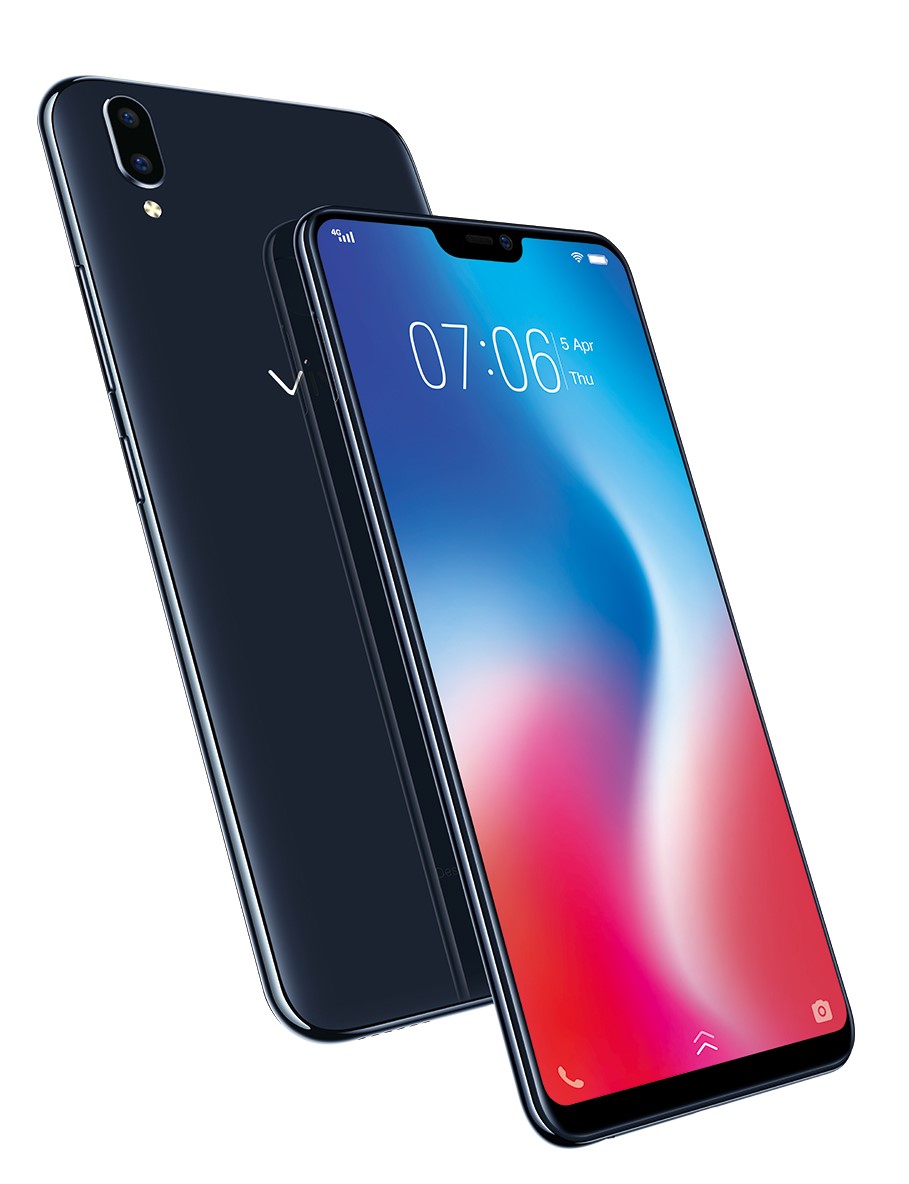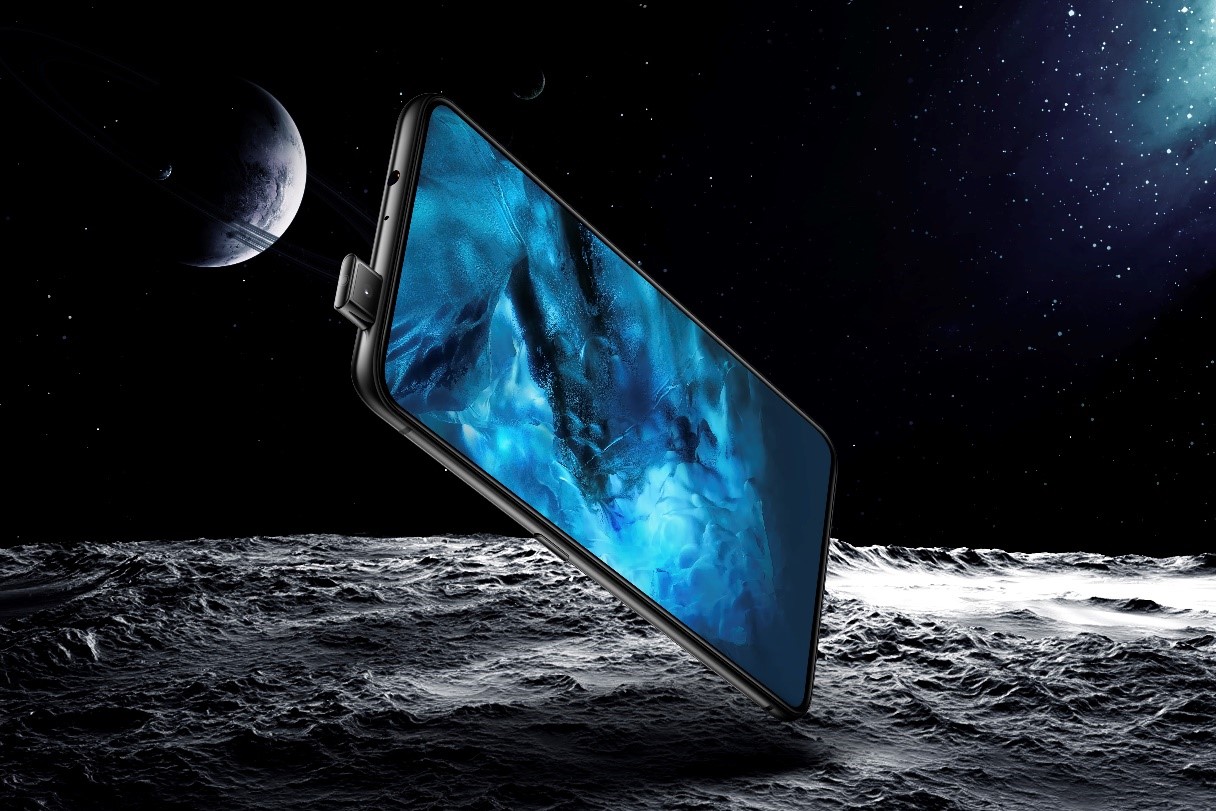We can’t deny that artificial intelligence or AI has been shaping today’s smartphone landscape, as it transforms the phone into something that’s custom-fit to the user’s preferences. Vivo has in fact made extensive use of technology in its devices to deliver an all new user experience.
Selfies Made Better with the Vivo V9
 Just this March, the company unleashed the V9, a phone that delivers good quality photos, thanks to its 24MP selfie camera. Its AI Face Beauty even utilizes a database of almost a million faces from all over the world to accurately determine gender, age, skin tone, texture, and even the lighting environment, lining you up for that perfect selfie.
Just this March, the company unleashed the V9, a phone that delivers good quality photos, thanks to its 24MP selfie camera. Its AI Face Beauty even utilizes a database of almost a million faces from all over the world to accurately determine gender, age, skin tone, texture, and even the lighting environment, lining you up for that perfect selfie.
There’s also AI Selfie Lighting, which uses advanced algorithms to allow the user to choose from a variety of lighting effects like natural light, Studio Light, Stereo Light, and Monochrome Background, resulting to well-illuminated photos. Selfies are made even more fun, as Vivo also provides users with a variety of AR stickers without the need for a 3rd party app.
The One-of-a-Kind, X21
 Then in June, Vivo also surprised the Filipino consumers with the launch of the X21 with an In-Display fingerprint scanner. One of its notable features is AI Scene Recognition, which allows the camera to adapt to over 140 scenarios. Thanks to a database of over 1 million photos, the X21 is able to intelligently adjust individual elements such as saturation, sharpness, and brightness.
Then in June, Vivo also surprised the Filipino consumers with the launch of the X21 with an In-Display fingerprint scanner. One of its notable features is AI Scene Recognition, which allows the camera to adapt to over 140 scenarios. Thanks to a database of over 1 million photos, the X21 is able to intelligently adjust individual elements such as saturation, sharpness, and brightness.
The NEX Big Thing
 Just before the start of the 2018 FIFA World Cup, Vivo also announced its latest innovation, the NEX, which features a unique 8MP Elevating Front Camera, combined with a bezel-less FullView display that boasts an astonishing 91.24% screen-to-body ratio. Like the X21, it also comes with In-Display Fingerprint Scanning.
Just before the start of the 2018 FIFA World Cup, Vivo also announced its latest innovation, the NEX, which features a unique 8MP Elevating Front Camera, combined with a bezel-less FullView display that boasts an astonishing 91.24% screen-to-body ratio. Like the X21, it also comes with In-Display Fingerprint Scanning.
The Vivo NEX also houses a dedicated button for Google Assistant, which allows the user to access to an array of AI-powered services such as map navigation and online shopping. There’s also Google Lens, which uses deep learning algorithms to identify objects and landmarks, and provide increased Optical Character Recognition (OCR) accuracy.
All these developments are a product of Vivo’s intensive research. The company even has research-focused centers in different areas around the world, such as San Diego, United States. Shenzhen, Dongguan, Nanjing, Hangzhou, and Beijing, all working to ensure that each device can keep up with the needs of consumers. As we move forward, it’s exciting to even think about where the brand will take its AI development.
Emman has been writing technical and feature articles since 2010. Prior to this, he became one of the instructors at Asia Pacific College in 2008, and eventually landed a job as Business Analyst and Technical Writer at Integrated Open Source Solutions for almost 3 years.



